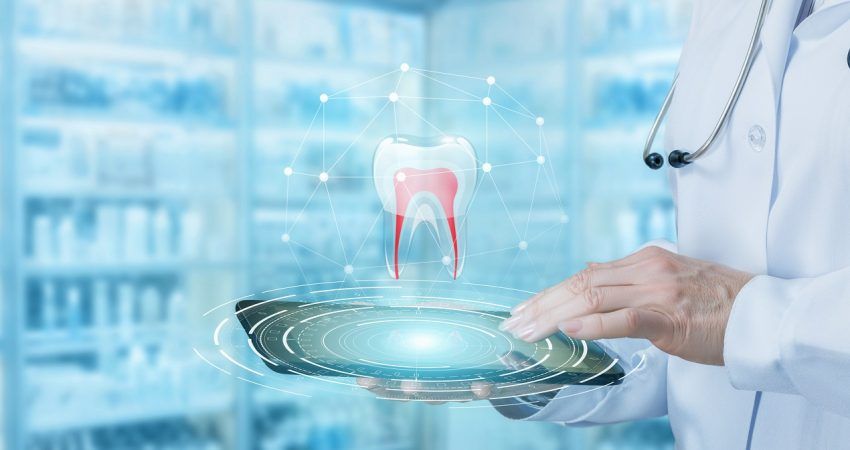Digital technologies in dentistry
Digital technology is becoming standard in today’s dental practices. An excellent example of this is the widespread use of CAD/CAM systems in prosthetics. Its application allows to significantly improve and speed up the work of specialists, and for patients it guarantees a highly satisfactory effect of dental procedures.
Modern dentistry
Modern dentistry follows the needs and expectations of patients. Nowadays, we expect both high effectiveness and high aesthetic value from dental treatments. In a nutshell – we really want our smiles to be healthy and naturally beautiful. Hence in modern and professional surgeries we can use the services offered by 3D digital dentistry.
What is 3D digital dentistry?
One of the branches of dentistry is prosthetics where specialists reconstruct the original bite conditions resulting from the loss of natural teeth or their massive damage. Nowadays, making very precise and highly aesthetic prosthetic work is no longer a problem, and this is all possible thanks to the use of CAD/CAM system, representing 3D technology.
The CAD/CAM system makes it possible to create replacements for missing teeth, such as. bridges, as well as prosthetic restorations such as crowns, veneers or inlays, onlays and overlays.
CAD/CAM system
CAD/CAM system is computer system, which is used to design and manufacture objects. It is widely used in various industries, not only in medicine. It is also used by specialists in the construction, electrical or metallurgical industries.
CAD stands for Computer Aided Design. CAM stands for Computer Aided Manufacturing.
As our interviewee, a dentist from the Unimedex Clinic in Szczecin, explains: „The CAD/CAM system makes it possible to design and then manufacture the designed objects. What is important – the duration of the entire process is short, and its course is comfortable for the patient. Creating prosthetic works with the use of digital technology takes place without the unpleasant taking of an impression and without sending the work to a prosthetic laboratory and waiting for a ready product. The traditional CAD/CAM impression has been replaced by an optical impression, which is made using an intraoral scanner. The resulting impression reproduces the patient’s natural teeth with extreme accuracy, and special software allows the design of prosthetic works with previously unattainable precision”.

